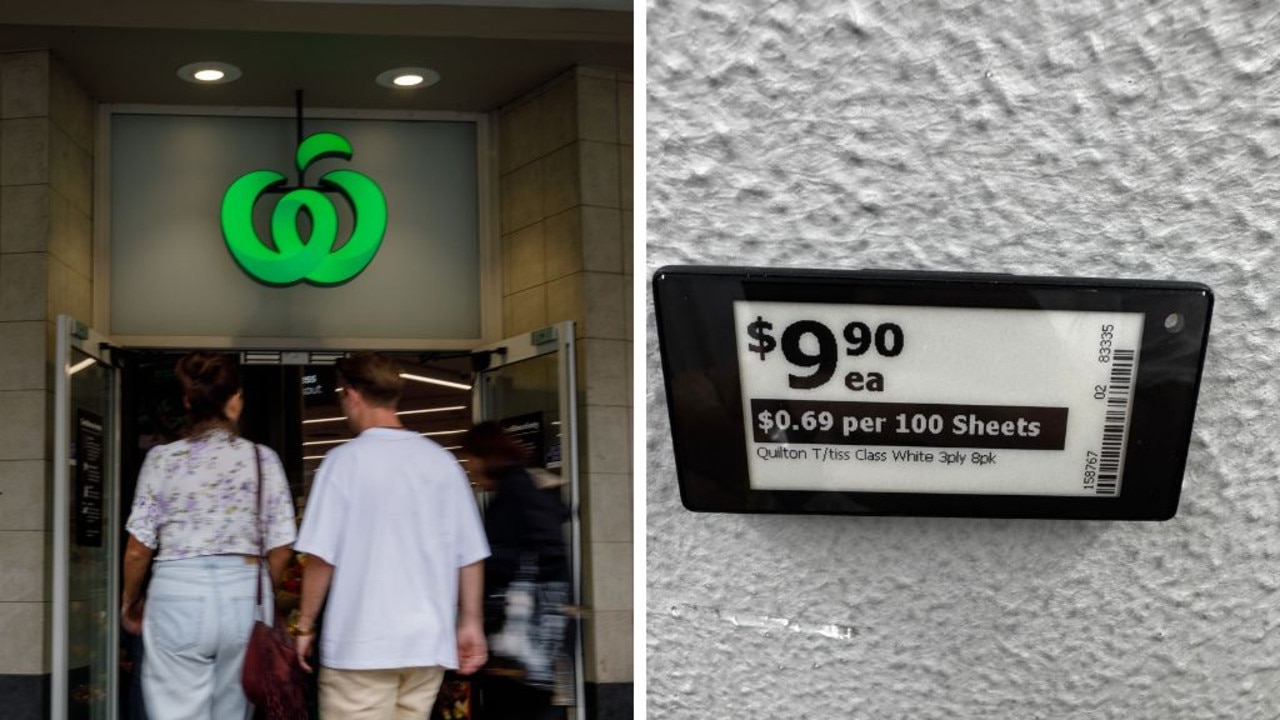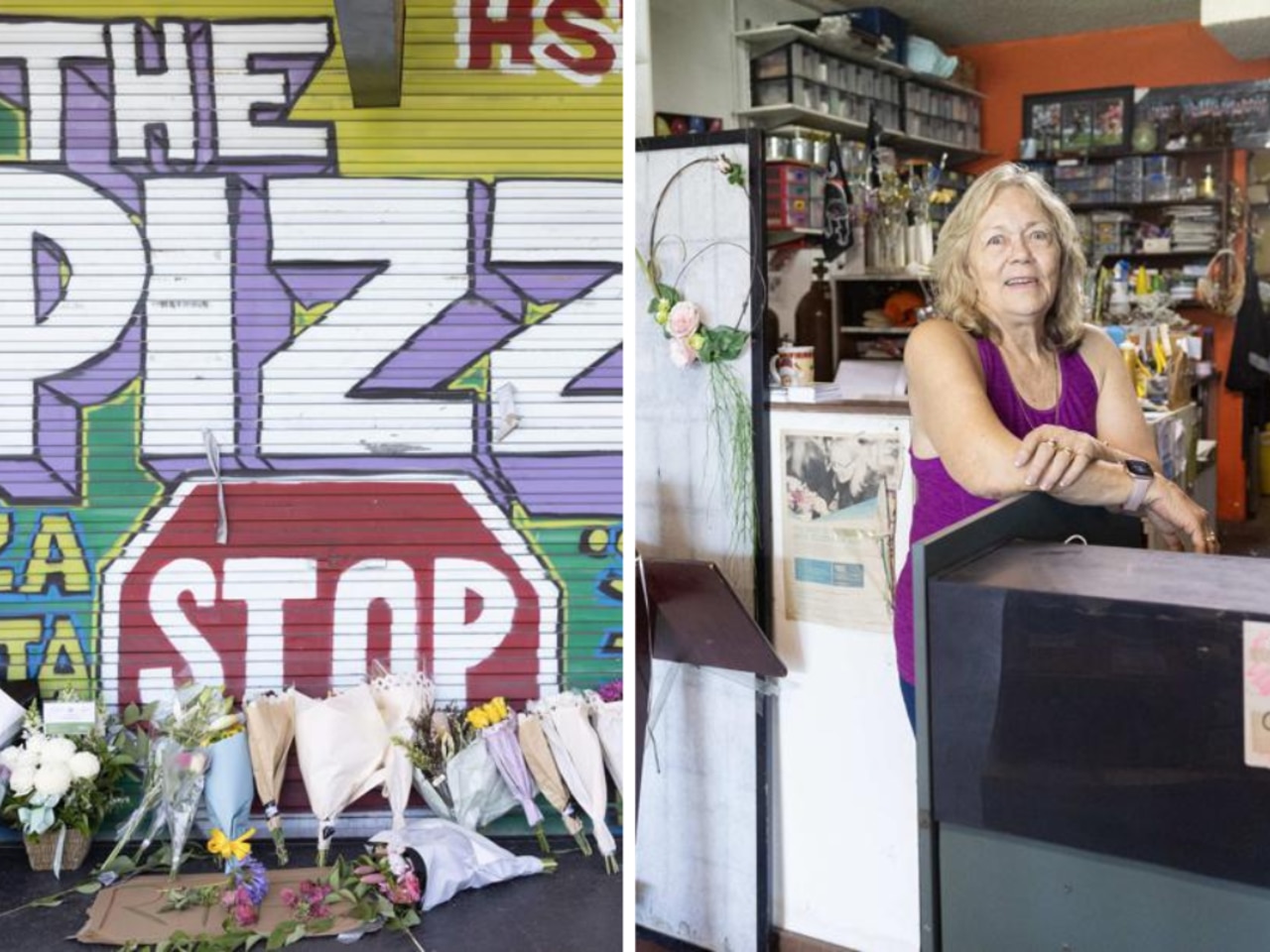$3.6b plan ready to cook with gas
The Narrabri gas project has increased current capacity by more than 30 per cent to power 23,000 households in the state’s northwest.
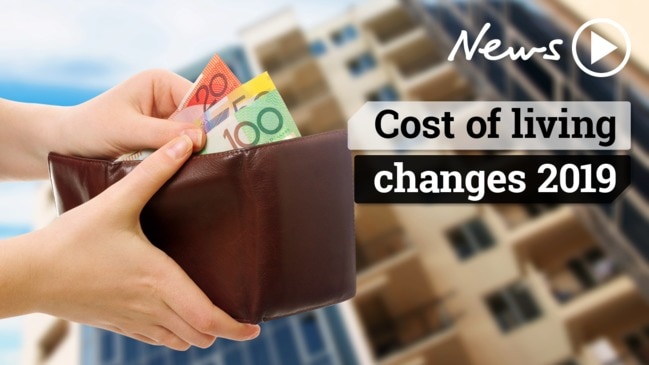
The Narrabri gas project has increased current capacity by more than 30 per cent to power 23,000 households in the state’s northwest.
And owner Santos says if its $3.6 billion project gets the green light, it will be able to supply 50 per cent of the state’s gas needs — cutting prices to customers.
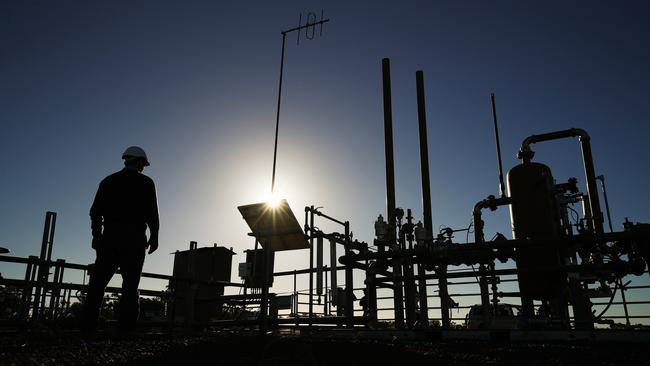
MORE NEWS:
‘Beautiful soul’: Popular teen dies at FOMO festival
Man charged after fatal Lucas Heights crash
Grandson’s 93yo double murder mystery probe
State government approval has been delayed amid opposition from environmental groups, some local farmers and changing regulations for coal seam gas mining. A decision is expected later this year.
Increased supply from Santos’ current Dewhurst South natural gas appraisal wells has enabled it to power more homes and businesses on the North West Slopes.
If approved, Santos will drill up to 850 wells on 425 sites around The Pilliga forest.
It will create up to 1300 jobs during construction and 200 ongoing positions, and yield $1.2 billion in royalties to the state government.
Federal Resources Minister Matt Canavan supports the project, saying it “would lower gas prices and secure jobs across the state”.
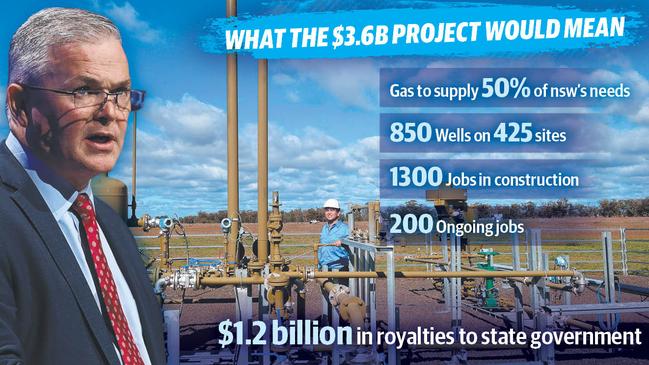
Mr Canavan has noted NSW now imports 96 per cent of its gas from other states and, without a gas field being developed, would have to rely completely on imported gas within five years.
“One hundred per cent of Narrabri gas would go into the domestic market, potentially supplying up to half of NSW natural gas demand,” Santos chief executive Kevin Gallagher yesterday told The Daily Telegraph.
“That would be fantastic for NSW customers and would be the best way to put downward pressure on energy prices. The ACCC has said gas customers in southern markets pay $2 to $4 per gigajoule more than if gas was developed locally and didn’t have to come all the way from Queensland or South Australia.”
Appraisal gas — which is often “flared” or burnt in a controlled release — is being piped from the Narrabri project to the nearby Wilga Park power station, which has increased its electrical generation capacity from 12MW to 16MW, or from 17,500 homes to 23,000.
Santos now plans to connect natural gas appraisal wells from another gas field to the station, which will enable it to power the equivalent of 32,000 households.
An Australian Competition and Consumer Commission report last month said high gas prices on the east coast could be alleviated with “timely investment in gas development and key infrastructure”. ACCC chair Rod Sims said high gas prices were hurting sectors such as mining, manufacturing, chemicals, agriculture and food production.
“Once large manufacturers relocate or shut down their plants, they won’t come back,” Mr Sims said.
Fletcher International Exports, which employs more than 700 people in Dubbo, relies on natural gas every day. “High energy prices are a huge problem. We’ve got to compete with the rest of the world, and we are competing on energy and transport,” chief executive Roger Fletcher said. “The area at Narrabri is sitting there, it’s all been proven, and we’ve got to … get it up and running.”
Weston Aluminium commercial manager Ian Burns said gas prices had tripled to $12 per gigajoule since he started working at the Kurri Kurri business 16 years ago. “We can’t pass those prices on to our customers because they are also under pressure,” he said.

